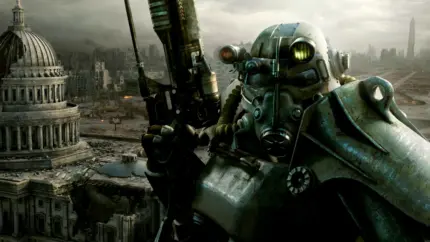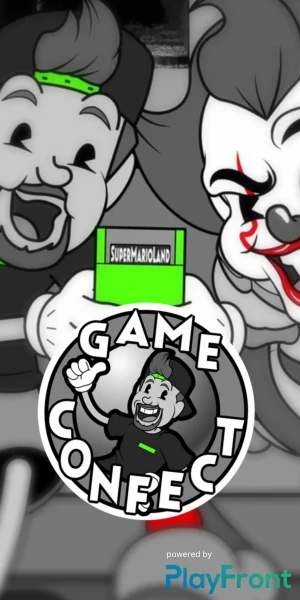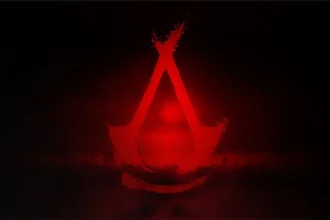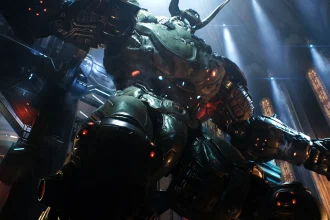After the emotionally intense opening of Lost Records: Bloom and Rage (our review) were the expectations for the second part, Tape 2: Ragecorrespondingly high. Don't Nod, the studio behind titles such as Life is Strangehas proven to be a master of subtle storytelling in the past - but will they be able to live up to their own claim this time too? Tape 2 is darker, more complex and, in some respects, bolder. But not everything works as smoothly as one would have hoped.
The sequel to the coming-of-age story
The four protagonists Swann, Nora, Autumn and Kat continue to take center stage. Their relationships, conflicts and dynamics form the emotional backbone of the story - and this remains the case in Tape 2. But something has changed. The light-footed nostalgia of the first part increasingly gives way to an oppressive feeling that lies like a shadow over the plot. The story delves deeper into the psyche of the characters, reveals painful truths and forces the players to confront issues such as guilt, repression and remorse.
What Tape 2 What makes the first part particularly successful is the broadening of the focus: the quartet of girls is no longer the only focus, but secondary characters such as Corey also move back into the limelight - and to considerable effect. Corey, little more than a side note in the first part, now becomes a key figure. His story and his connection to the events of the summer of 1995 make him not only a moral mirror of the main characters, but also a narrative catalyst.

Corey as a mirror and disruptive factor
Corey is one of those characters that you underestimate - until you realize how deep his influence on the course of history really is. Flashbacks and intense dialogues reveal that he was far more involved in the events at the time than initially suspected. What is particularly exciting is how he, as an outsider - masculine, gruff, ambivalent - forms a counterpoint to the closed world of the four girls. He not only questions the moral fabric of the group, but also our understanding of what really happened back then.
His presence brings unrest, but also depth. He is not just a means to an end, but a fully-fledged character with inner conflict and emotional impact. For Kat, whose rebellious armor gradually begins to crumble, Corey becomes a kind of trigger - not just for memories, but for a personal confrontation with what she actually wanted to forget.
Mystery as the bearer of truth
The mystery element, which existed more as an atmospheric hint in the first tape, unfolds in Tape 2 to full bloom - and this is by far the game's greatest strength. The mysterious forest, the enigmatic box, the memories that you would rather not have - all of this is not only spun on, but cleverly integrated into the character development. Don't Nod manages the difficult balancing act: the supernatural elements never seem artificial, but reflect inner states. What appears to be haunting on the outside is often simply trauma on the inside.
The cinematic staging also helps. The camera angles, sound design and music have an almost hypnotic effect, especially in the quieter moments. The mixtape function and Swann's camcorder are more than just nostalgic gimmicks. They are tools for preserving memories - or reinterpreting them. What is recorded is not necessarily true. And what is true cannot always be captured on tape.

Swann's transformation - a quiet triumph
Swann in particular makes Tape 2 has undergone a remarkable development. Was it in Tape 1 While she was still the silent observer, she now becomes the driving force. Her inner journey - from passive witness to active confrontation with her own history - is not only credibly staged, but also emotionally moving. Swann's strength lies in her vulnerability, not in loudness or actionism. Her transformation is quiet but consistent - and that is precisely what makes her so strong.
The fact that she keeps looking through the camera fits perfectly thematically. She films to maintain control. She films to remember. And sometimes she films simply to gain distance. The camera becomes a metaphor for what this play is actually about: How we deal with our memories - and what they do to us.
Nostalgia meets reality
Just like in Tape 1, the Tape 2 90s nostalgia plays a central role. Mixtapes, Polaroids, camcorders - everything screams retro charm. But this is precisely where one of the game's weaknesses is revealed: the attempt to combine the rather self-confident 90s with the emotionally charged sensitivity of today's narrative styles does not always succeed seamlessly. Especially when it comes to showing the characters as children of a rougher, less reflective time, a lot of things seem too modern, too smooth.

Sometimes the dirt under the nails that a coming-of-age story in this period would actually need is missing. The girls - as emotionally credible as they are portrayed - occasionally seem too much like products of the present day. The characters would have benefited from a little more friction, a little less pedagogical polish.
My own ending was bittersweet: the friendships didn't remain, but it was a closure that felt honest. Not perfect, not Hollywood-ready - but sincere. And that is ultimately the point at which Lost Records: Bloom and Rage unfolds its greatest strength: It tells stories about remembering, regretting and forgiving. And sometimes also about the fact that not everything can be cured.
Conclusion
Co-Writer Niklas








